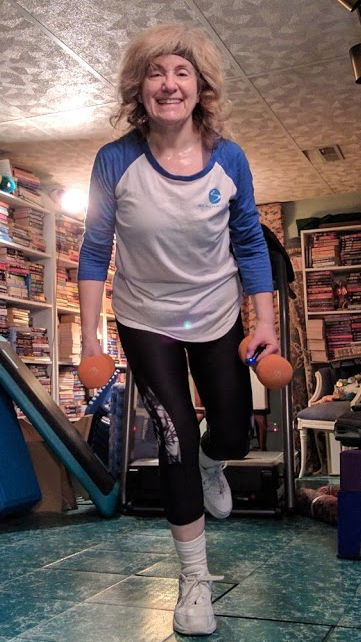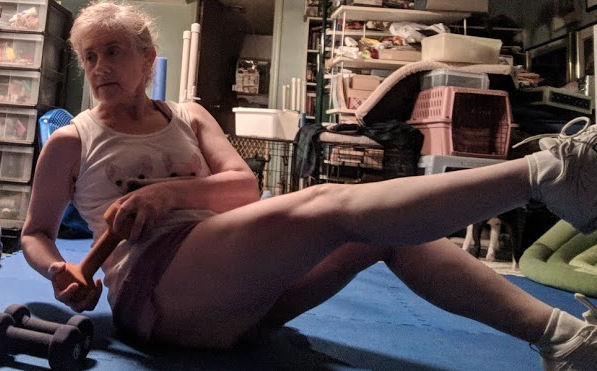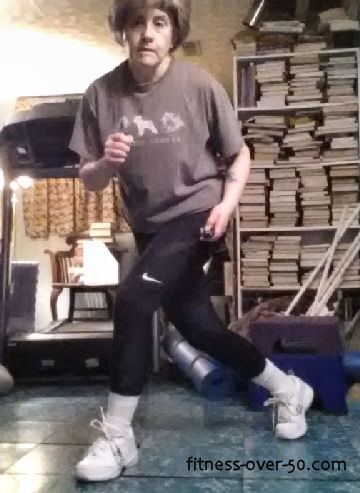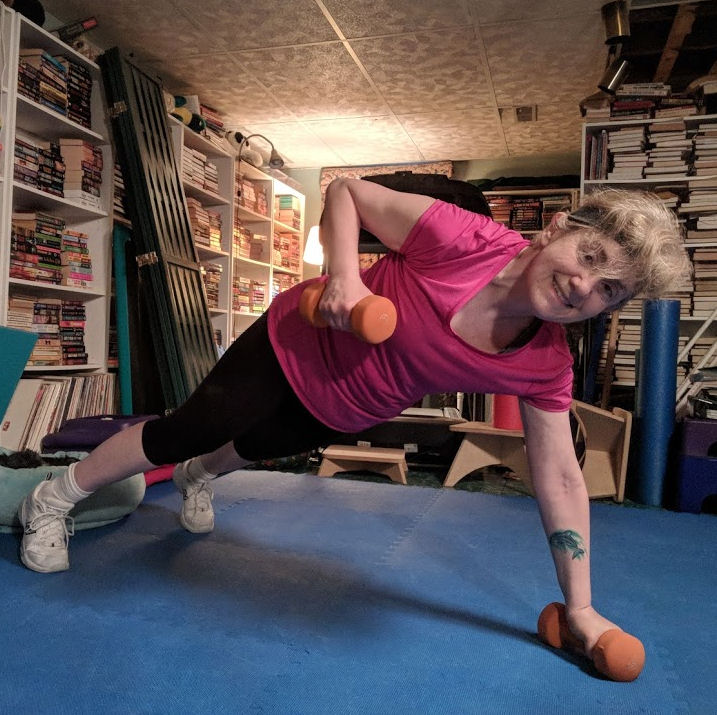You’ve heard the arguments about the benefits of exercise for your healthy aging. And you … sort of … believe them. But – who has the time? If you’re saying, “I have no time to exercise!” you owe it to yourself to squeeze in a short but effective workout.
Everyone has 22 minutes
150 minutes a week. That’s all the CDC recommends for exercise. So if you have 22 minutes to get your heart pumping while you climb some stairs, take the dog for a walk, ride the stationary bike, you’ve met the guidelines!
Short workouts will keep you on track
If I’ve only got a half hour, I can still get in my workout and have time to clean up. Because that clean-up is important. I don’t have to worry about being late to an appointment and I will still feel virtuous that I exercised. But you’re saying, “How can I choose a workout, do it and get cleaned up in a half hour? That’s ridiculous!” Planning. Plan a week’s worth of exercise in advance. If you have a calendar for your appointments and commitment, schedule your workouts on the same calendar. I use Google’s free calendar so that I can color code my different appointments.
But are short workouts effective?
Now you’re probably saying, “I love the idea of short workouts, but will they work for me?” The short answer is, “Yes!” If those 22 minutes of your workout are intense and heart-pumping, it will get your blood and oxygen moving. You’ll get the memory-boosting benefits of a good workout, and you’ll release some endorphins and feel great after you towel off. So, never say you have no time to exercise.
In fact, exercise physiologist Jenna Gillen at the University of Toronto, and her team showed in a study that just one minute of very intense exercise in a workout lasting 10 minutes total can improve fitness and health. Notice the words “very intense.” This is beyond maximum level – something I’m not really up for most days.
Plus, shorter, more energetic workouts can help you stay motivated to exercise. They’re done in no time, and you may actually look forward to your next workout. You won’t be bored with the workout, so won’t be tempted to procrastinate and then run out of the short amount of time you have to exercise.
I can’t do an intense, vigorous workout every time
I hear you. At my age, I just can’t face the treadmill and running for every workout. And that’s OK. Dr. Jennette Berry, family medicine physician at Advocate South Suburban Hospital, believes that fitting in movement throughout your day, no matter the length, is important for your health. “Exercise can help control your blood pressure and can help prevent future heart disease.”
The next time you find yourself thinking, “I have no time to exercise,” remember that no matter how much time you give it, exercise is always good.









